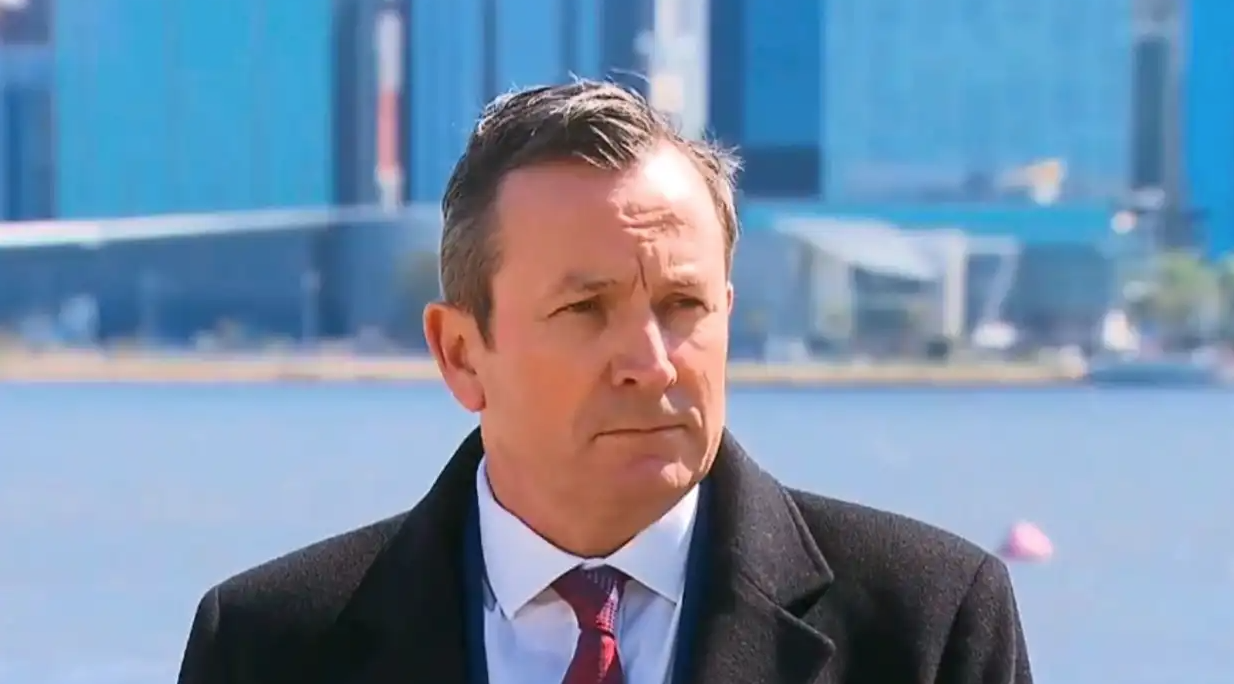Article by Julie-anne Sprague courtesy of the Australian Financial Review

WA in surplus heaven Iron ore miners have helped power Western Australia through the economic crisis, allowing the McGowan government to forecast budget surpluses for the next four years as it pumps a record $27 billion into infrastructure spending.
The nation’s iron ore miners have helped power Western Australia through the economic crisis, allowing the McGowan government to forecast budget surpluses for the next four years as it pumps a record $27.1 billion into infrastructure spending.
In his final budget before the March election, Premier Mark McGowan hailed his hard-border strategy for the rebound in WA’s economic fortunes since the depth of the crisis and warned a second wave would cost at least $5.6 billion and 30,000 jobs. This assumed the virus did not hit the lucrative mining industry.
“Western Australia’s economic and financial position is better than we first forecast as a result of our world-leading response and strong border controls,” Mr McGowan said.
“The biggest threat to Western Australia is a second wave of coronavirus.
Western Australia’s island-within-anisland strategy has worked but we are surrounded by a world of uncertainty, making it more important than ever to deliver strong, stable and sensible government to the people.”
The WA government forecast a $1.2 billion surplus this year compared with a $2.7 billion forecast in December. The surplus is expected to drop to $363 million in 2022 before rebounding to $1.07 billion in 2023. The surpluses have been cut by a total of $6.6 billion.
The government has abandoned plans to continue attacking its debt burden, instead increasing spending that will push net debt to a record $42.9 billion, up from $39.3 billion.
A stronger than expected iron ore price will deliver a $2.3 billion royalty windfall.
The state’s economy is expected to expand 1.25 per cent this year, lower than the 2.5 per cent forecast in December but still a growth rate that the government said would be the envy of many parts of the world.
Treasurer Ben Wyatt, who reversed a decision to quit politics when the pandemic struck, said now was not the time for economic reforms because getting rid of business and industry taxes would require hitting households with new taxes. “Those sorts of reforms are much more suited to stronger economic times,” Mr Wyatt said.
Instead he is pumping an additional $3.1 billion into infrastructure projects from 2021, taking total expenditure to $27.1 billion over the budget period.
About 40 per cent of this will be directed to road and rail projects.
Mr McGowan has come under fresh pressure to drop his state’s popular hard border strategy. Prime Minister Scott Morrison has described the closure as “not the Australian way”.
Mr Wyatt hit back at the comments, saying the state was, and always had been, following health advice.
WA Treasury has assumed the hard border will remain in place until April but expects the international border to open only in the December quarter 2021. Mr Wyatt said there would be no impact to the budget assumptions if the hard border was removed before April.
But he said the best economic outcomes were for “those countries or states that have the best health response”.
“Because there hasn’t been community spread in WA for a long period of time, that is what has allowed the economic response,” Mr Wyatt said.
Iron ore prices, which are forecast to average $US96.60 a tonne this year, up from the $US66.20 forecast in December, will pump an extra $2.3 billion into the state’s coffers. But iron ore prices are forecast to fall to $US64 a tonne in 2022.
WA Treasury is concerned stimulus in China may have pulled forward construction activity and weakened China’s financial system: “For example, China’s big commercial banks were required to increase loans to smaller firms by more than 40 per cent this year. S&P Global estimates that China’s non-performing asset ratio could almost double to 10 per cent from pre-pandemic levels this year,” Treasury notes in its budget papers.
“The combination of rising debt levels, diminishing marginal returns to infrastructure investment and a financial sector increasingly burdened with nonperforming assets could weigh on China’s future economic performance.
“Any economic implications in China would have flow-through impacts to Western Australia, given the prominence of its trading relationship,” it cautions.